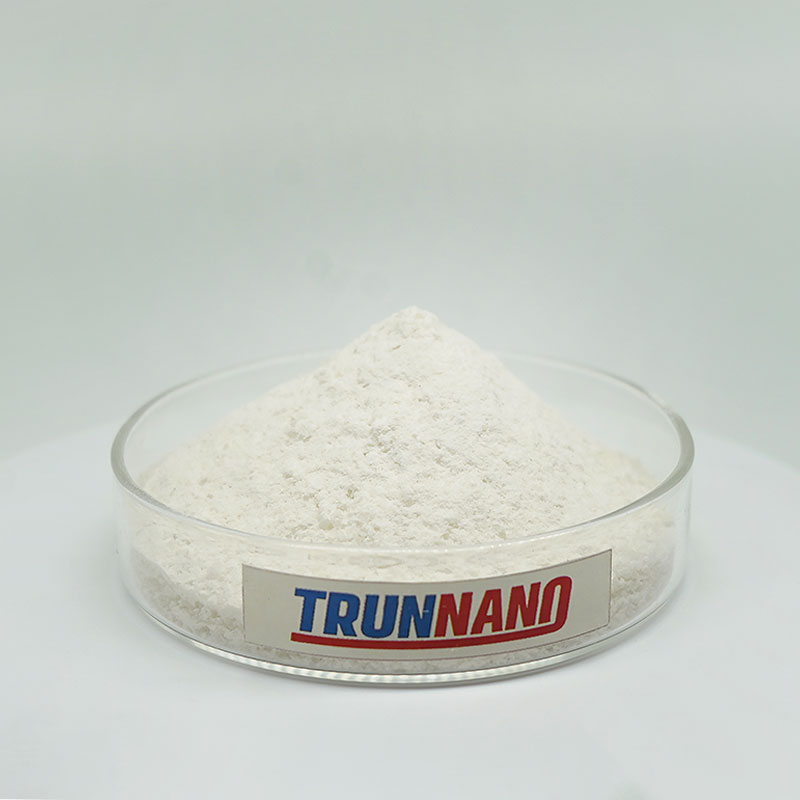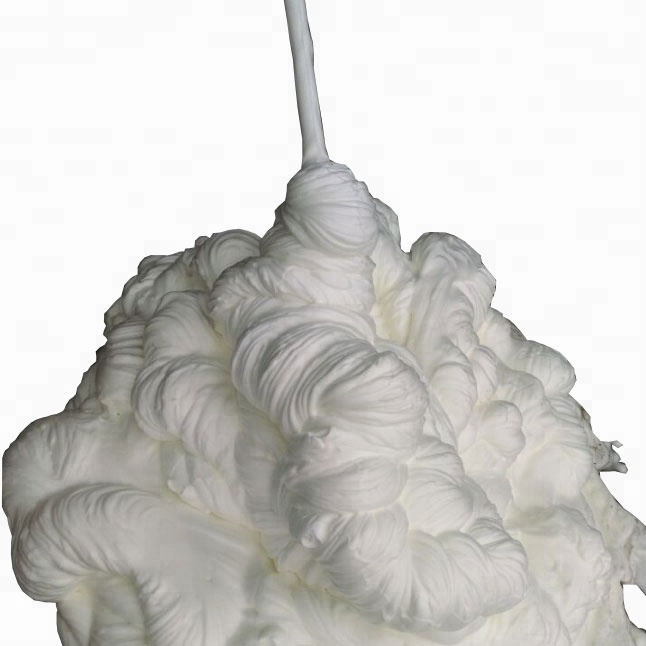Professional solutions on concrete addtives, Concrete Foaming Agent, Superplasticizer, CLC Blocks Additives, and foaming machine
(What raw materials are needed to produce high-quality foamed concrete?)
What is foam concrete?
With the global warming, building energy conservation has gradually become one of the focus of social attention.
The density of foamed concrete is generally 300-1800 kg/m3, and it has unique physical and functional properties, including reducing the consumption of coarse and fine aggregates, good fluidity, high porosity, good heat insulation, fire resistance, lightweight, good sound insulation effect, and ideal compressive strength.
Classified according to the density of foamed concrete:
When the density range is 300 to 600 kg/m3, it is usually used for insulation and filling structures in building structures.
When the density range is 600-1200 kg/m3, it can be used for non-load-bearing structures in building structures (prefabricated blocks, building exterior walls, partition walls, thermal insulation, sound insulation walls, etc.).
When the density range is 1 200 to 1 600 kg/m3, it is usually used for load-bearing structures in building structures.
Raw materials of foamed concrete.
The raw materials of ordinary concrete usually include cement, fine aggregate, coarse aggregate, and water, but the difference between foam concrete and ordinary concrete is that the coarse aggregate is replaced by foam, which reduces the density of concrete to a great extent.
1 Cement.
Portland cement is generally used as a cementitious material in construction engineering, and the types generally include 32.5, 42.5, 52.5, and so on. In addition to ordinary Portland cement, aluminate cement, sulphoaluminate cement, and fast hardening Portland cement can also be used as cementitious materials. and these cements generally have the characteristics of short setting time, which can improve the early strength of foam concrete.
Oil well cement is also a cementitious material for making low-density cement slurry. In the process of drilling and completion of offshore oil and gas wells, the formation integrity is usually poor, and the liquid column pressure is low, so foam cement needs to be used to complete the cementing operation in the process of completion.
When alkali-activated material is used as cementitious material, it can reduce energy consumption, and the effect of CO2 emission reduction is better than that of ordinary Portland cement.
In order to improve the early strength of foamed concrete and reduce the hydration heat of foamed concrete, silica fume, slag, and fly ash materials with pozzolanic effect and filling effect can be used to replace cement, and the quality of cement is generally 5% to 75%.
2 Fine aggregate
The main feature of foam concrete is its low density.
Coarse aggregate has the properties of high density and large volume, which will have an adverse effect on reducing the density of foam concrete.
However, the density of fine aggregate is lower than that of cement. In order to reduce the density of concrete, some low-density fine aggregate is usually used to replace river sand.
For example, quarry dust has a fine particle size, which can enhance the adhesion of foamed concrete, so it can lighten concrete while keeping a small change in density.
Polyethylene waste can replace part of the fine aggregate in foamed concrete and improve the flexural and compressive properties of foamed concrete.
Rice husk ash is a common crop waste. It is feasible to use rice husk ash instead of the fine aggregate of foamed concrete, and its pozzolanic effect and filling effect can improve the strength of foamed concrete.
Biomass aggregate can also replace the fine aggregate in foam concrete and play the role of coarse aggregate to support cement skeleton in foam concrete.
Other materials, such as recycled concrete aggregate, glass powder, and other waste materials, can also replace the fine aggregate in foam concrete, and the extensive use of these alternative materials can make full use of waste and achieve the effect of sustainable development.
3 Foam
Foam is the main component to reduce the density of foamed concrete.
According to the way of adding, it can be divided into pre-foaming process (physical foaming method) or mixed foaming process (chemical foaming method).
Pre-foaming means that the basic mixture and stable water-based foam are produced respectively and then fully mixed.
The mixed foaming process means that the foaming agent is directly added to the base mixture to produce foam in the mixing process of the base mixture, and the honeycomb structure is formed with the hardening of the concrete paste.
According to the research, the more the amount of additives, the more foam is formed in concrete, and the density decreases faster.
Although the longer the foam additive is mixed with concrete, the more foam will be generated, and the longer time mixing will lead to the instability of air bubbles in concrete slurry and the combination and separation of air bubbles.
The types of surfactants and foaming agents are also two factors that affect the performance of foamed concrete.
The concentration of surfactant has little effect on the foam density, and the natural foaming agent is easier to obtain. Compared with the synthetic foaming agent, the foamed concrete containing natural foaming agent has stronger mechanical properties.
4 Water
Drinking water with a pH close to 7 is usually used as the raw material for the preparation of foamed concrete.
According to the relevant regulations, the water to be used in foamed concrete should be cleaned to ensure that it does not contain oil, acid, alkali, salt, organic matter, etc.
At the same time, the minimum water-cement ratio required by foam cement is 0.35, which is set to prevent the hydration of cement while absorbing water from foam when the water-cement ratio is too small so that the concrete mixture hardens during mixing, resulting in bubble rupture.
On the contrary, when the water ash is relatively high, it will lead to weak bubble activity in the concrete mixture, resulting in segregation.
Therefore, it is suggested that the cement ratio of foam concrete should be controlled at 0.4-1.25.
Foam Concrete additives Supplier
TRUNNANO is a reliable concrete additives supplier with over 12-year experience in nano-building energy conservation and nanotechnology development.
If you are looking for high-quality concrete additives, please feel free to contact us and send an inquiry. (sales@cabr-concrete.com)
We accept payment via Credit Card, T/T, West Union, and Paypal. TRUNNANO will ship the goods to customers overseas through FedEx, DHL, by air, or by sea.
(What raw materials are needed to produce high-quality foamed concrete?)








